
hex converter decimal
Converting Hex to Decimal: A Friendly Guide
Hey there! Ever stared at a hex number and wondered, "What does that even mean?" Well, you're in the right place! This article will be your super-easy guide to converting hexadecimal to decimal, making it like a walk in the park, not a mind-boggling puzzle.
Understanding Hexadecimal (Hex)
Hexadecimal, often shortened to "hex," is a base-16 number system. Unlike our everyday decimal system (base 10), hex uses 16 digits. That's right! It uses the digits 0-9 and then letters A through F (to represent 10-15 respectively).
Why Hexadecimal?
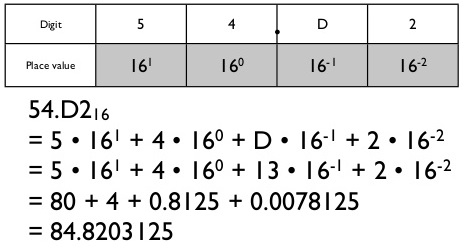
Source: electricalengineering123.com
Hex is incredibly popular in computer science, because:
- It's super short way to express long binary (base-2) numbers
- It's super easy to read, in fact
- (Binary conversion often takes huge numbers to express and are difficult to convert/understand.)
- Great for representing colors and computer memory addresses.
Decimal Numbers (Base 10)
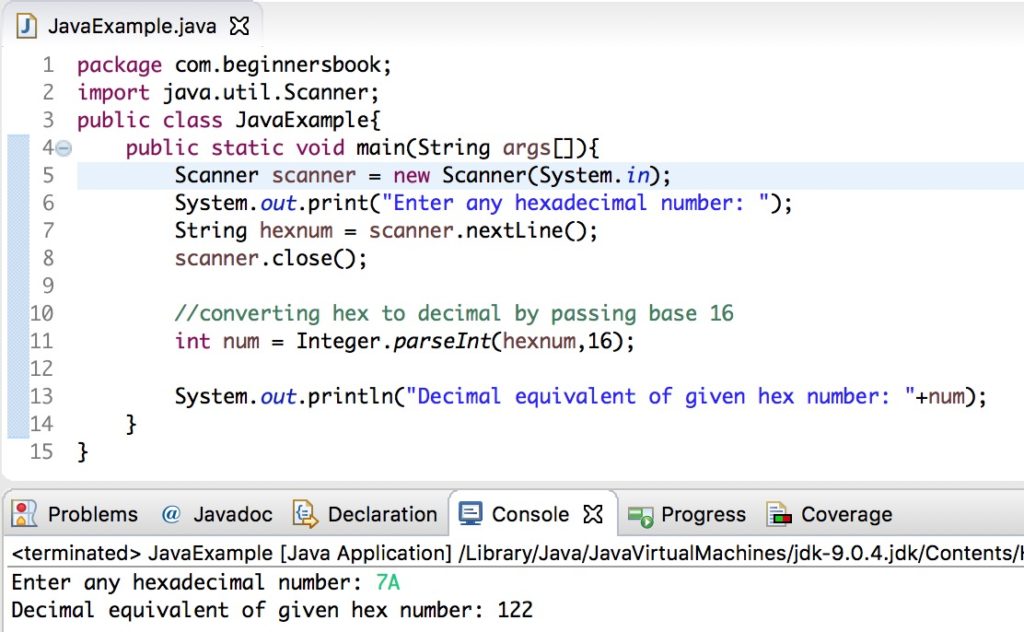
Source: beginnersbook.com
The system we usually use is the decimal system. Decimal has digits from 0-9, making calculations very natural for us. Each digit's value is determined by its position in the number.
The Hex-Decimal Conversion Journey: Step-by-Step
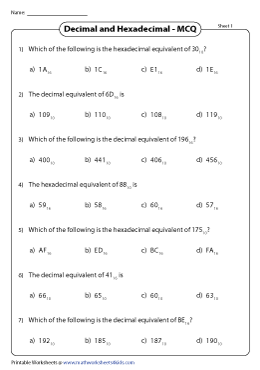
Source: mathworksheets4kids.com
Let's do this one step at a time. Imagine you have the hex number 1A.
Step 1: Understand Place Values
Just like in decimal, each position in a hex number has a different "place value."
- The rightmost digit's place value is 16 to the power of 0 (160= 1).
- The digit to its immediate left has a place value of 161 (16).
- The digit after that will have a value of 162(256), etc. So,
1A's first position value(16).
Step 2: Value Matching
Now, figure out the value represented by each letter/number ( A=10, B=11, C=12, D=13, E=14, and F=15) .
Step 3: Multiply and Add
Multiply each digit's place value, as in: (place value of position 1 in hexadecimal 1) * ( decimal number equivalent to 1)= 116 + 101= 26, and you got your decimal number 26.
- For our example
1A, convert the "1" in position(16 to power 1 in Hex number.) to (1 x 161). Convert "A" to 10 for our decimal calculation (A is 10 in Decimal). - Add: (1 x 161) + (10 x 160) = 16 + 10 = 26. Voila! That is the answer!
More Examples: Exploring Further
Let's practice with more numbers:
-
2Fin hexadecimal:- Place values = (16 and 1).
- 2 converts to 2, F converts to 15, = 2* 16^1+15 *16 ^0.
- 32+15 = 47 in decimal.
-
FFin hexadecimal: -
Place values = (161,160.)
-
16,1 values in position:
- (15 x 161 ) +(15 x 160)= ( 240+15 = 255)
* Decimal equivalent is: 255
- (15 x 161 ) +(15 x 160)= ( 240+15 = 255)
Real-Life Applications
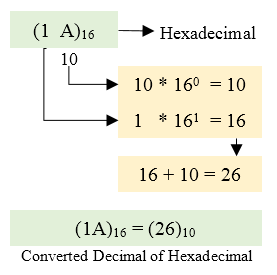
Source: codeforwin.org
Converting hex to decimal might not feel important day to day (though its practical utility shines in the everyday digital lives). Knowing this can let you quickly read data structures, and solve programming puzzles effectively.
FAQs
-
Q: How do I know when a number is in Hexadecimal? A: Often a "0x" prefix will let you know you have a Hex number! (that symbol or the label "Hex" next to the number tells you its a Hex number)
-
Q: What if I get stuck? A: Just refer back to the steps, review our example steps above and try another. The important thing to learn in math is to take small step at a time, no rushing and go one at a time. Just focus and give yourself time, if stuck with anything consult reference books, websites and people who can assist!
-
Q: Where do I find conversion tools? A: There are lots of hex converter websites online—a simple web search should help!
Practice Your Conversion Skills
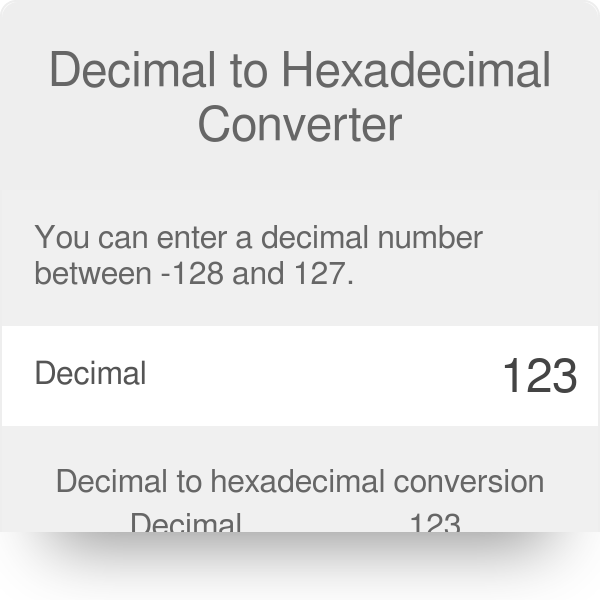
Source: omnicalculator.com
- Try converting
3CandEF.
I encourage you to practice. The more examples you look at and convert yourself, the more solid these methods will become. Conversion can feel easier at times as practice gets better.
Let me know if any part is fuzzy to you. We can discuss this or consult together in order to have a more complete knowledge in this matter!


